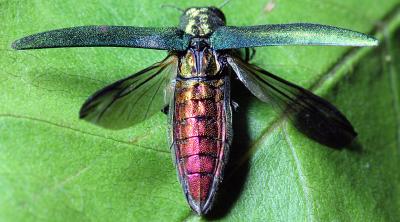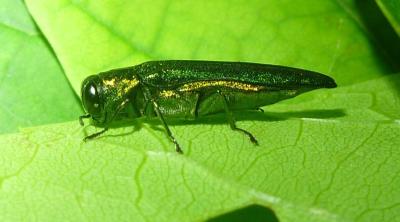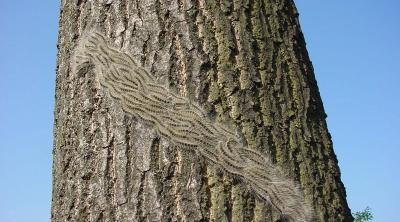News
Plant health coverage at Crop Production in Northern Britain
It was great to see such wide coverage of plant health at the Crop Production in Northern Britain (CPNB) conference at the Apex Hotel in Dundee. Nicola Spence (Chief Plant Health Officer for Defra) opened the first day with a joint talk between Gerry Saddler (Scotland's Chief Plant Health Officer) and Ian Toth (the Centre's Director), followed by lots of talks over the next 2 days about PHC-funded projects and related topics.
Launch of The Amenity Standard
The Amenity Standard was officially launched at "Amenity Management in Scotland: Setting the Standard".
UK Plant Health Conference
Defra hosted a UK Plant Health Conference in York attended by a wide range of plant health experts and included lots of plant health inspectors. A really interesting conference with lots of good networking.
Launch of the International Year of Plant Health
This is the start of the International Year of Plant Health and the Plant Health Centre working with Scottish government have lots of events planned for this year.
Emerald Ash Borer found in Ukraine
In October 2019, the presence of Emerald Ash Borer (Agrilus planipennis) was identified on Ukraine territory. During the survey, 50 ash trees were found to be infested. On 2019-09-16, phytosanitary measures were implemented and all ash trees were destroyed within a radius of 100 m around each infested tree. On 2019-10-11, all infested and surrounding ash trees were felled. The pest has not been detected in any other parts of Ukraine.
The pest status of Agrilus planipennis in Ukraine is officially declared as: Transient, actionable, under eradication.
The pest status of Agrilus planipennis in Ukraine is officially declared as: Transient, actionable, under eradication.
Plant Health Centre PCN project at the RISS PCN stakeholder event
Kim Davey and Jon Pickup present an update of their work from the Centre's PCN project (see under projects) at the stakeholder PCN meeting in Angus on 6th November 2019.
PREPSYS workshop
On the 6th of September 2019, the Plant Health Centre funded an end of project workshop for PREPSYS - This multi partner project is focused on understanding how we can best prepare for, and manage if necessary, the risks and impacts of emerald ash borer (Agrilus planipennis) and bronze birch borer (Agrilus anxius). The workshop features presentations of the project's findings, and discussions on the threat of these pests from a Scottish perspective.
Import/Export Advice from DERFA - No Deal Brexit
There is a distinct possibility that the UK could leave the EU under a "no-deal" scenario.
The Department for Environment, Food and Rural Affairs has produced guidance documents to guide importers and exporters of plant products to help they determine, if there is a no deal Brexit, what the changes to import and export processes might mean for business.
The Department for Environment, Food and Rural Affairs has produced guidance documents to guide importers and exporters of plant products to help they determine, if there is a no deal Brexit, what the changes to import and export processes might mean for business.
Ongoing controls to protect against the tree pest Oak Processionary Moth
Landscapers, nurseries, landowners and woodland managers are being urged to take action after the Plant Health Service intercepted a number of cases of oak processionary moth caterpillars on trees imported from the continent.
Anyone who has received oak trees imported from the continent should urgently check their trees for OPM, and nurseries should spray trees that they might be holding as stock with the pesticide Deltamethrin as a precautionary measure to stop this pest spreading. It is vital these trees are checked and sprayed now to minimise the spread of this damaging tree pest and protect the health of our oak trees.
Anyone who has received oak trees imported from the continent should urgently check their trees for OPM, and nurseries should spray trees that they might be holding as stock with the pesticide Deltamethrin as a precautionary measure to stop this pest spreading. It is vital these trees are checked and sprayed now to minimise the spread of this damaging tree pest and protect the health of our oak trees.
Sharing Scottish and Indian plant health expertise
Prof. Adam Kleczkowski and Dr. Vincent Keenan, both members of the Plant Health Centre, visited the National Institute of Plant Health Management in Hyderabad, India in April to take part in an international workshop on protecting food security in South East Asian countries by developing early-warning and ready response systems for invasive weed incursions.










